India’s devastating outbreak is driving the global coronavirus surge
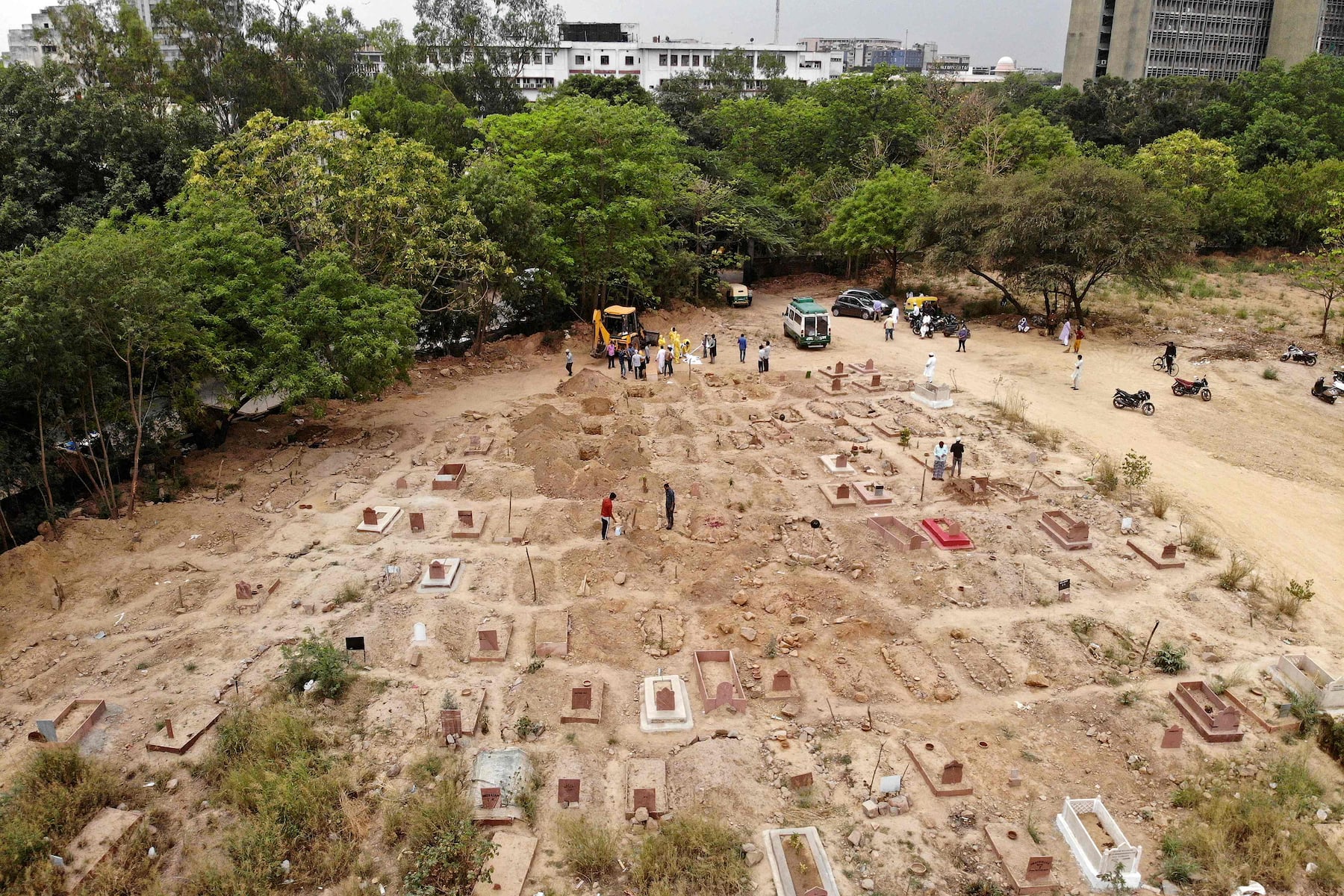
(Archana Thiyagarajan/AFP/Getty Images)
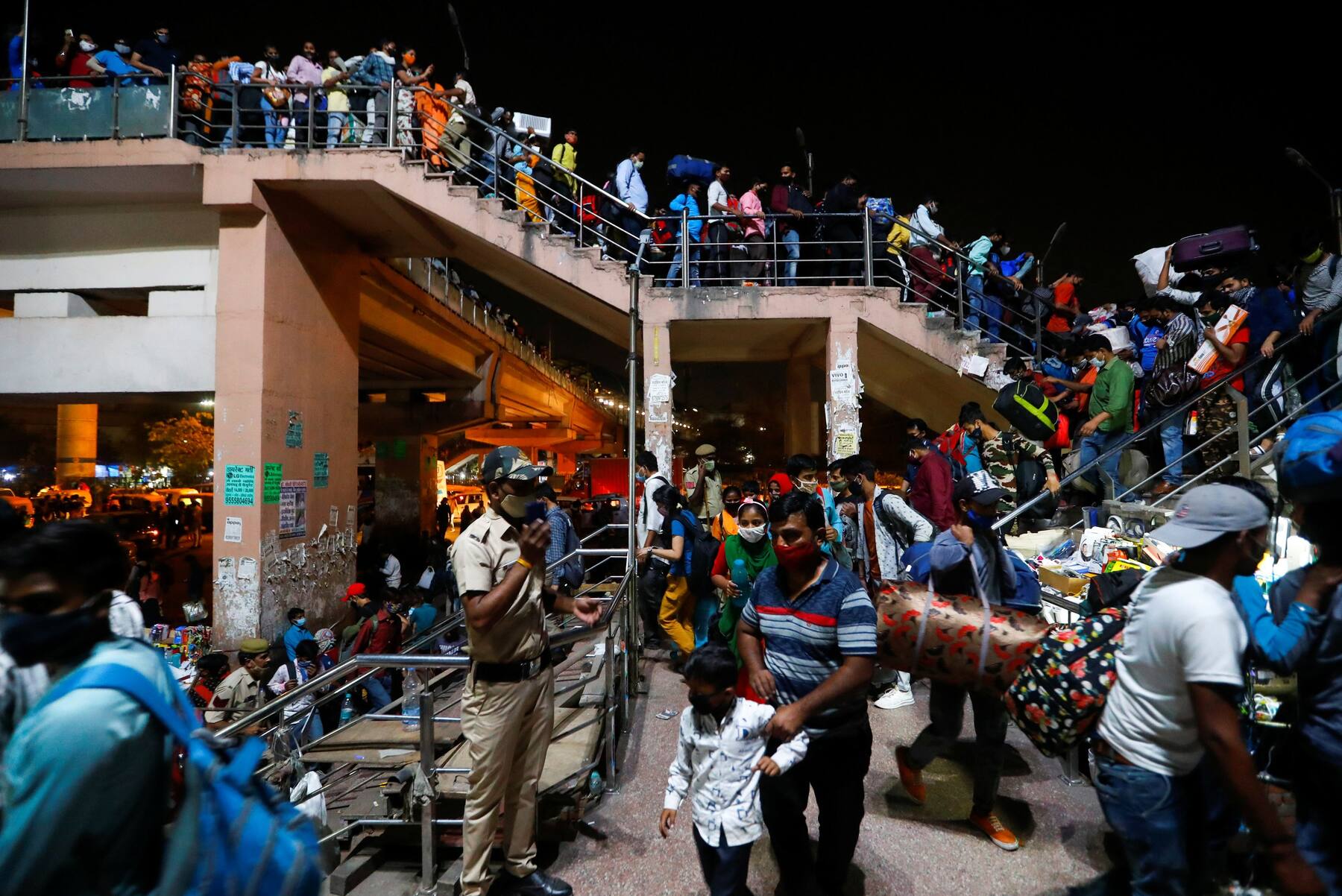
(Adnan Abidi)
The coronavirus pandemic has left more than 3 million dead around the world. Cases are rising rapidly. In India this surge is not a wave, but a wall.
The spike is so steep that the increase looks almost vertical — infecting entire families and overwhelming hospitals.
Deaths per day are at record highs and climbing. In some cities, crematoriums are running their furnaces around-the-clock.
In Delhi, India’s worst-affected city, the health care system has “reached its limit” and could collapse if action is not taken, said Arvind Kejriwal, a top official.
On Monday, the city announced a six-day lockdown to stem galloping infections.
Yet in other parts of the country, religious gatherings and election rallies have continued.
NEW DELHI — More than a year after the pandemic began, infections worldwide have surpassed their previous peak. The average number of coronavirus cases reported each day is now higher than it has ever been.
“Cases and deaths are continuing to increase at worrying rates,” said World Health Organization chief Tedros Adhanom Ghebreyesus on Friday.
A major reason for the increase: the ferocity of India’s second wave. The country accounts for about one in three of all new cases.
It wasn’t supposed to happen like this. Earlier this year, India appeared to be weathering the pandemic. The number of daily cases dropped below 10,000 and the government launched a vaccination drive powered by locally made vaccines.
But experts say that changes in behavior and the influence of new variants have combined to produce a tidal wave of new cases.
[More than three million have died from the coronavirus worldwide ]
India is adding more than 250,000 new infections a day — and if current trends continue, that figure could soar to 500,000 within a month, said Bhramar Mukherjee, a biostatistician at the University of Michigan.
While infections are rising around the country, some places are bearing the brunt of the surge. Six states and Delhi, the nation’s capital, account for about two-thirds of new daily cases. Maharashtra, home to India’s financial hub, Mumbai, represents about a quarter of the nation’s total.

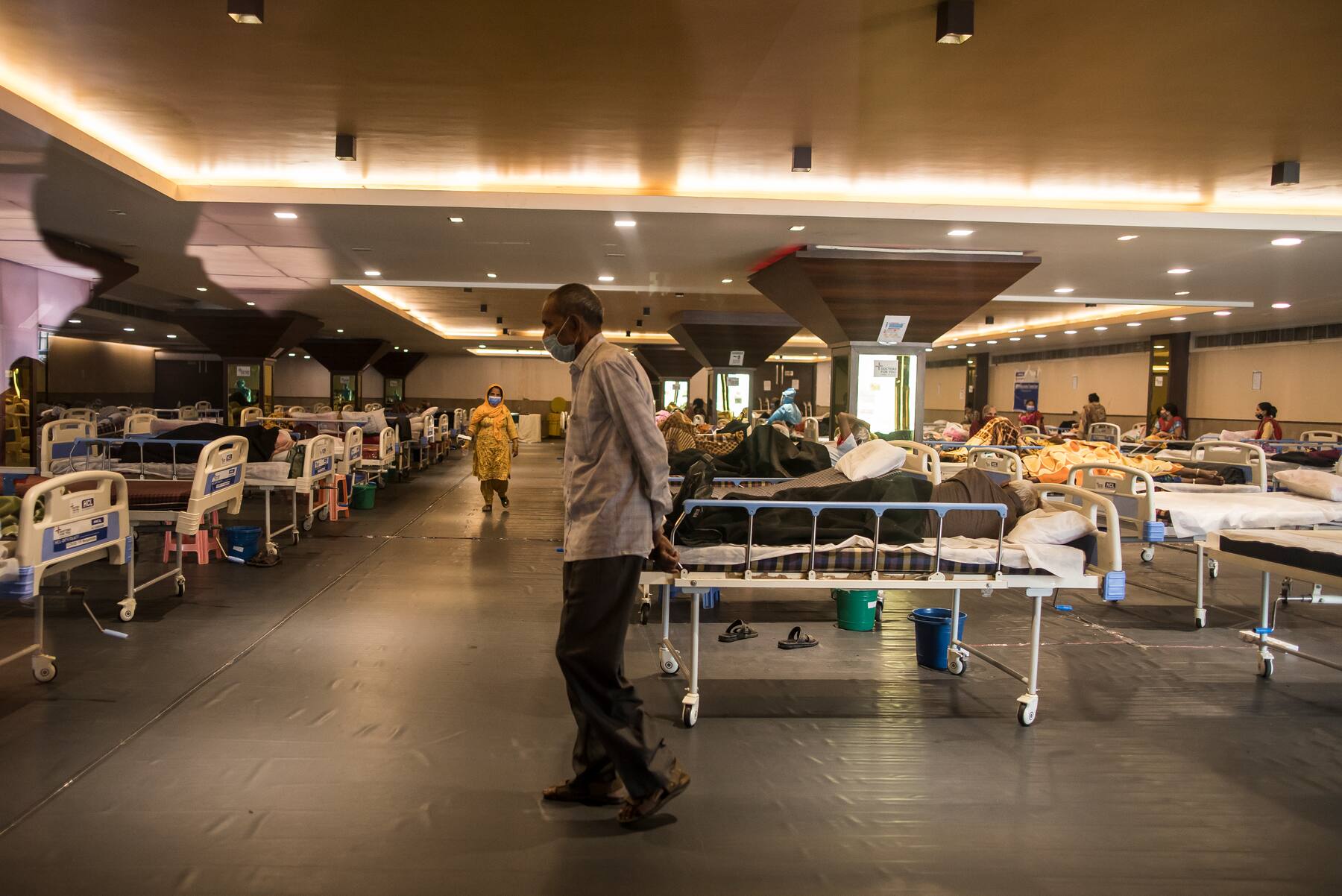
(Anindito Mukherjee/Getty Images)

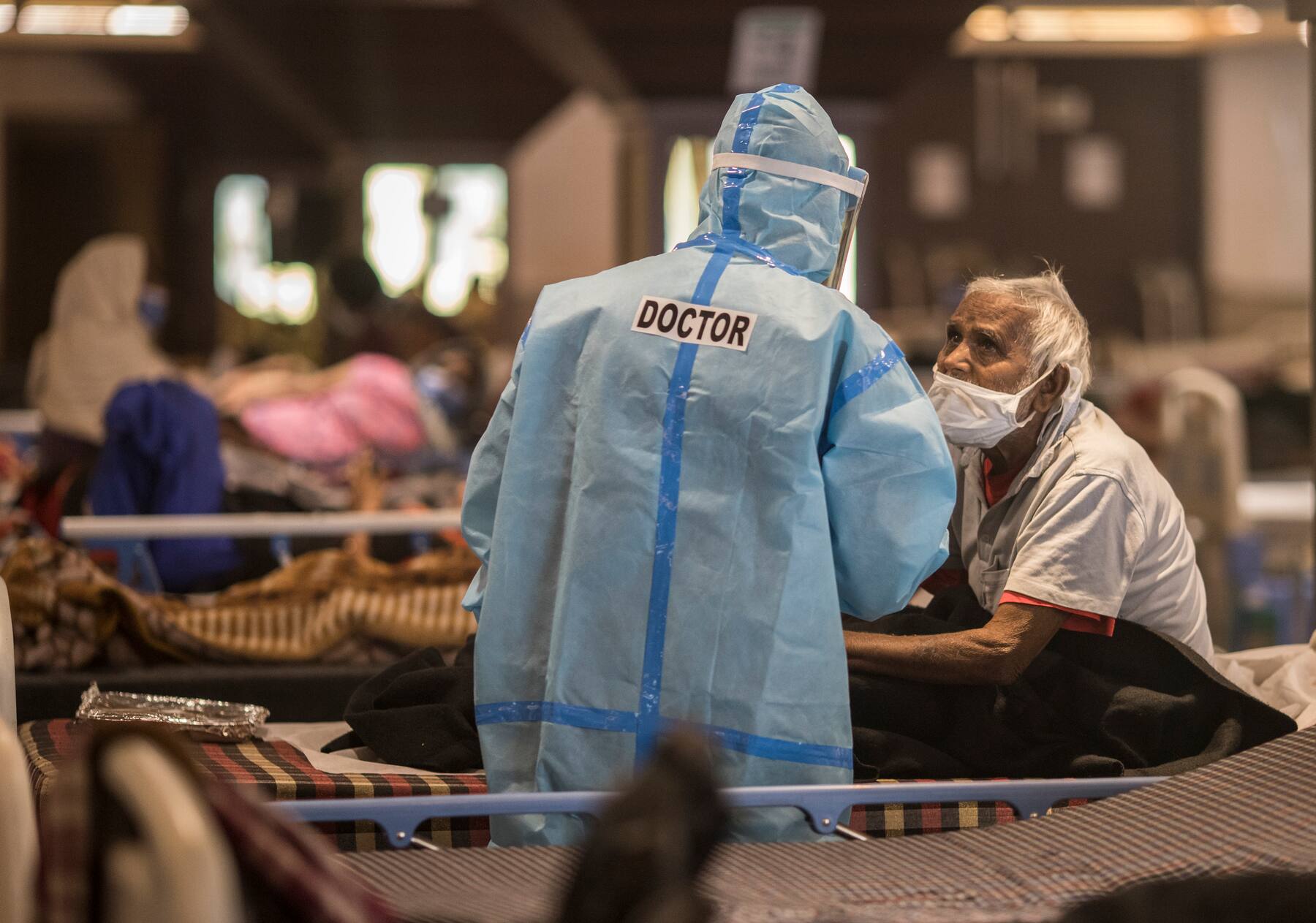
(Anindito Mukherjee/Getty Images)
In Delhi, many hospitals had shrunk their coronavirus wards — believing the worst was past — when the second wave struck.
On April 9, the city added 8,500 cases, a record in the pandemic. Four days later, it was 13,500. Four days after that, the number jumped to more than 24,000.
The soaring number of cases has overwhelmed hospitals. The city is facing an acute shortage of oxygen and nearly all its intensive care beds are full, Kejriwal saidMonday.
Mohammad Shahzad, a 40-year-old accountant, was one of many desperately seeking care. He developed a fever and grew breathless on the afternoon of April 15. His wife, Shazia, rushed him to the nearest hospital. It was full, but staffers checked his oxygen level: 62, dangerously low.
For three hours, they went from hospital to hospital trying to get him admitted, with no luck. She took him home. At 3:30 a.m., with Shahzad struggling to breathe, she called an ambulance. When the driver arrived, he asked if Shahzad truly needed oxygen — otherwise he would save it for the most serious patients.
The scene at the hospital was “harrowing,” said Shazia: a line of ambulances, people crying and pleading, a man barely breathing. Shahzad finally found a bed. Now Shazia and her two children, 8 and 6, have also developed covid-19 symptoms.


(Divyakant Solanki/EPA-EFE/REX/Shutterstock)

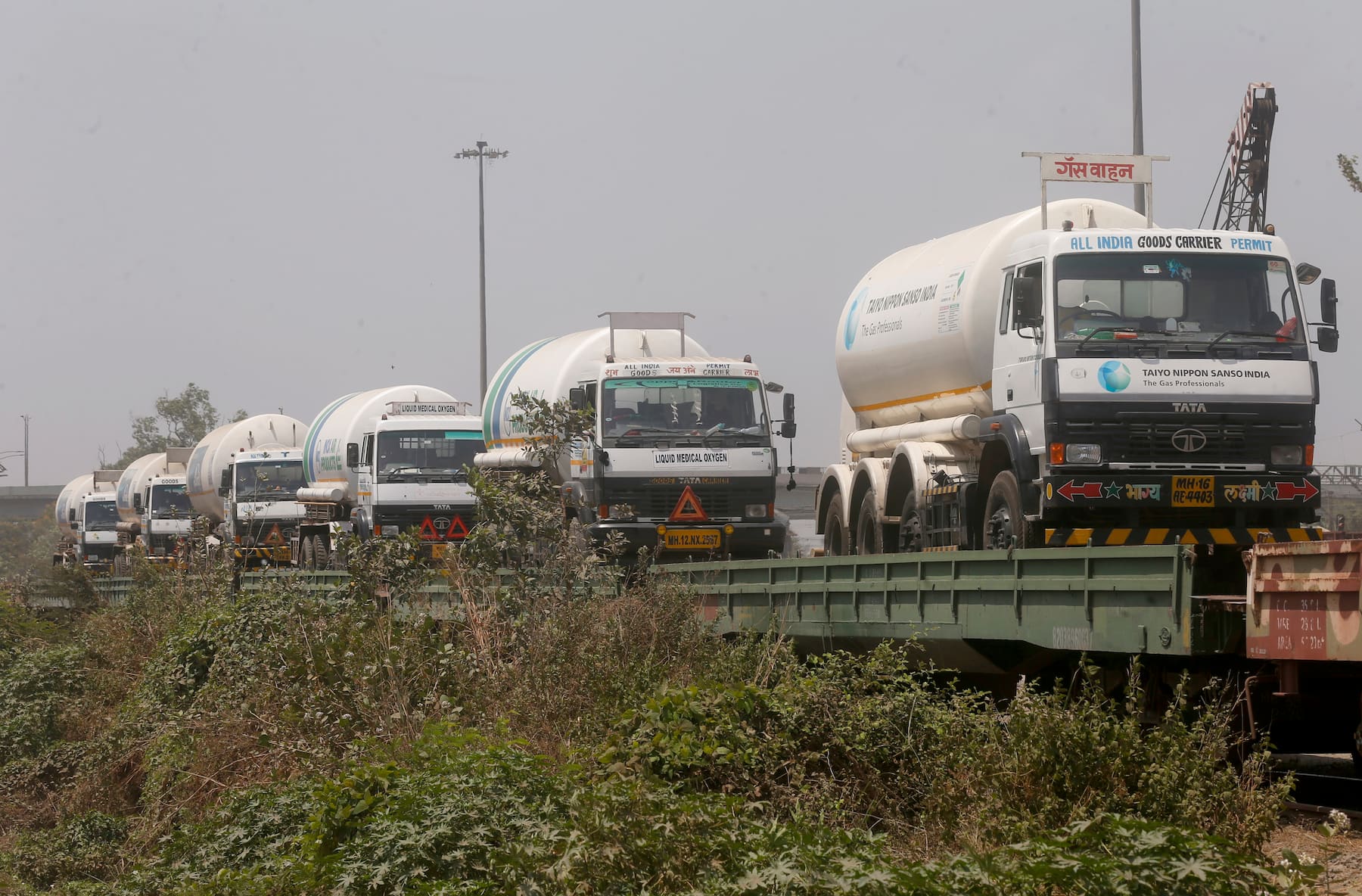
(Rafiq Maqbool/AP)
The streets are quiet across Maharashtra, where authorities have told people to stay inside and have shut nonessential businesses until the end of the month.
The stillness is deceptive.
Oxygen is in such short supply that tankers are hauling it in from other states. Patients still face a scramble to find available hospital beds.
From early morning until late at night, Prafulla Gudadhe’s phone does not stop ringing. Each call is from a constituent and each call is the same: Can he help to arrange a hospital bed for a loved one?
Gudadhe is a municipal official in Nagpur, a city in the interior of Maharashtra. “We tell them we will try, but there are no beds,” he said. About 10 people in his ward have died at home in recent days after they couldn’t get admitted to hospitals, Gudadhe said, his voice weary. “I am helpless.”
In the western state of Gujarat, the second wave has swamped hospitals and crematoriums.
Outside the main covid-19 hospital in the city of Ahmedabad, ambulances carrying sick patients have waited for hours.
Every day, newspapers carry stories about the apparent mismatch between official figures and the actual death toll.
Kamlesh Sailor knows how bad it is. Worse than the previous wave of the pandemic, like nothing he’s ever seen.
Sailor is the president of a crematorium trust in the city of Surat. Last week, the steel pipes in two of the facility’s six chimneys melted from constant use. Where the facility used to receive about 20 bodies a day, he said, now it is receiving 100.
“We try to control our emotions,” he said. “But it is unbearable.”

Taniya Dutta contributed to this report.






